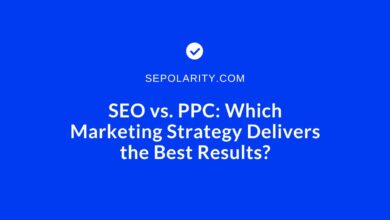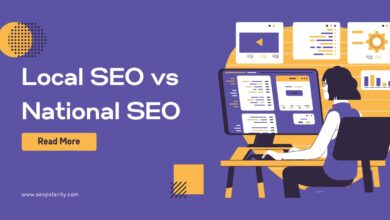
The success of an ecommerce website depends on its visibility on search engine result pages. To ensure that your website meets the requirements, it is important to understand how to do On Page SEO. On page SEO consists of optimizing various elements on a web page to make it more relevant and accessible for both users and search engines.
Keyword Optimization
Keyword optimization is a cornerstone of any effective on-page SEO strategy. Focusing on the right keywords in your content can help to increase web page rankings and drive more traffic to your ecommerce website. This article outlines an essential tip for optimizing keyword use on an ecommerce website, so read on to learn how you can improve your site’s visibility with this simple technique.
The key to successful keyword optimization is understanding the intent behind user searches. When developing content for your ecommerce website, it’s important to know which words people are using when they search for products or services related to what you offer. For example, if you sell camping gear online, look at what terms people might type into Google when searching for equipment such as tents or sleeping bags.
Optimizing Your Titles, Descriptions, and Header Tags
Titles, descriptions, and header tags are important elements in an ecommerce website’s on-page SEO. When optimized, they can increase a webpage’s visibility to search engines and drive more traffic to your website. Here are some tips for optimizing titles, descriptions, and header tags for maximum SEO success:
Make sure each page of your website has a unique title that accurately describes the content of the page. The length should not exceed 50-60 characters so that it can be displayed in full on the SERP (Search Engine Results Page). Additionally, include relevant keywords in your titles to help boost search engine ranking.
When writing meta descriptions, use targeted keywords as well as a compelling copy to entice clicks from potential customers browsing SERPs. Aim for 150-160 characters per description to make sure it displays correctly on all devices.
Blogging
Blogging is a great way for ecommerce websites to boost their ranking in search engine results. To maximize the SEO benefit of blogging, it’s important to focus on proper on-page SEO techniques. Here are some tips for ecommerce websites looking to get the most out of their blog posts.
When writing a blog post, be sure to include relevant keywords in headlines and subheadings throughout the post. This will enhance readability and make it easier for search engines to identify your content. Additionally, use internal links within your blog posts when appropriate; this will help readers find more information about related topics and also increase your website’s overall visibility online. Lastly, don’t forget to optimize images with descriptive alt tags so that they can be found by both users and search engines alike!
Image Optimization
Image optimization is an essential part of any on-page SEO strategy for ecommerce websites. Without optimizing your images, you miss out on a huge opportunity to boost organic traffic from search engines. Optimizing the images on your website can help it to rank higher in search results and increase its visibility.
Taking the time to optimize your site’s images is worth the effort because it not only increases page load speeds but also improves user experience and boosts its relevance in search engine results pages (SERPs). By implementing simple image optimization techniques like reducing file size, using descriptive file names and captions, as well as specifying ALT tags, you can make sure that your website’s images are optimized for better performance and visibility. Additionally, making use of image sitemaps helps ensure that all relevant images are indexed by Google so that they appear in SERPs when users search for related terms.




